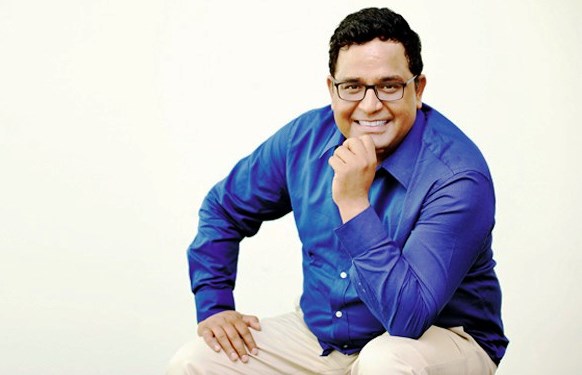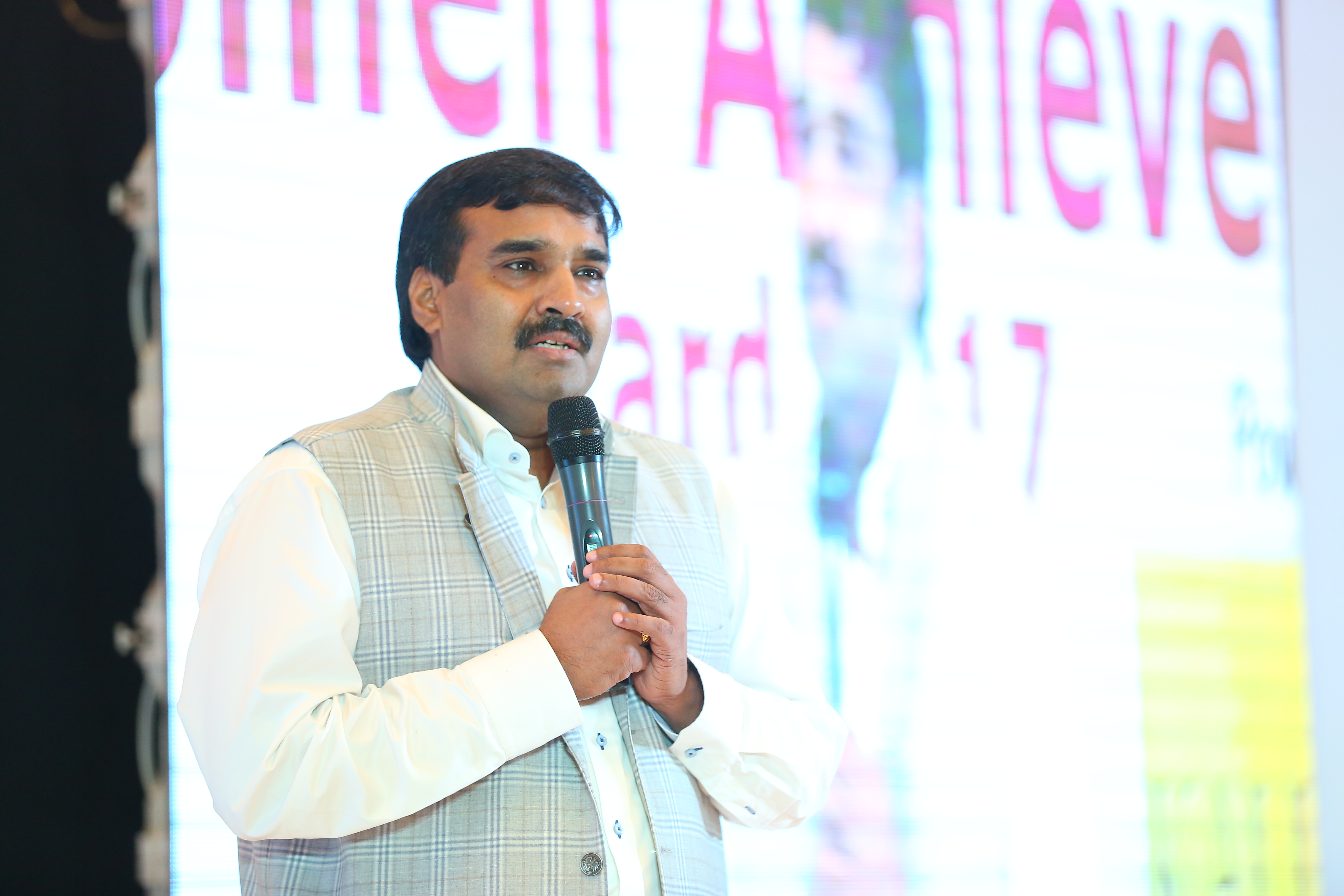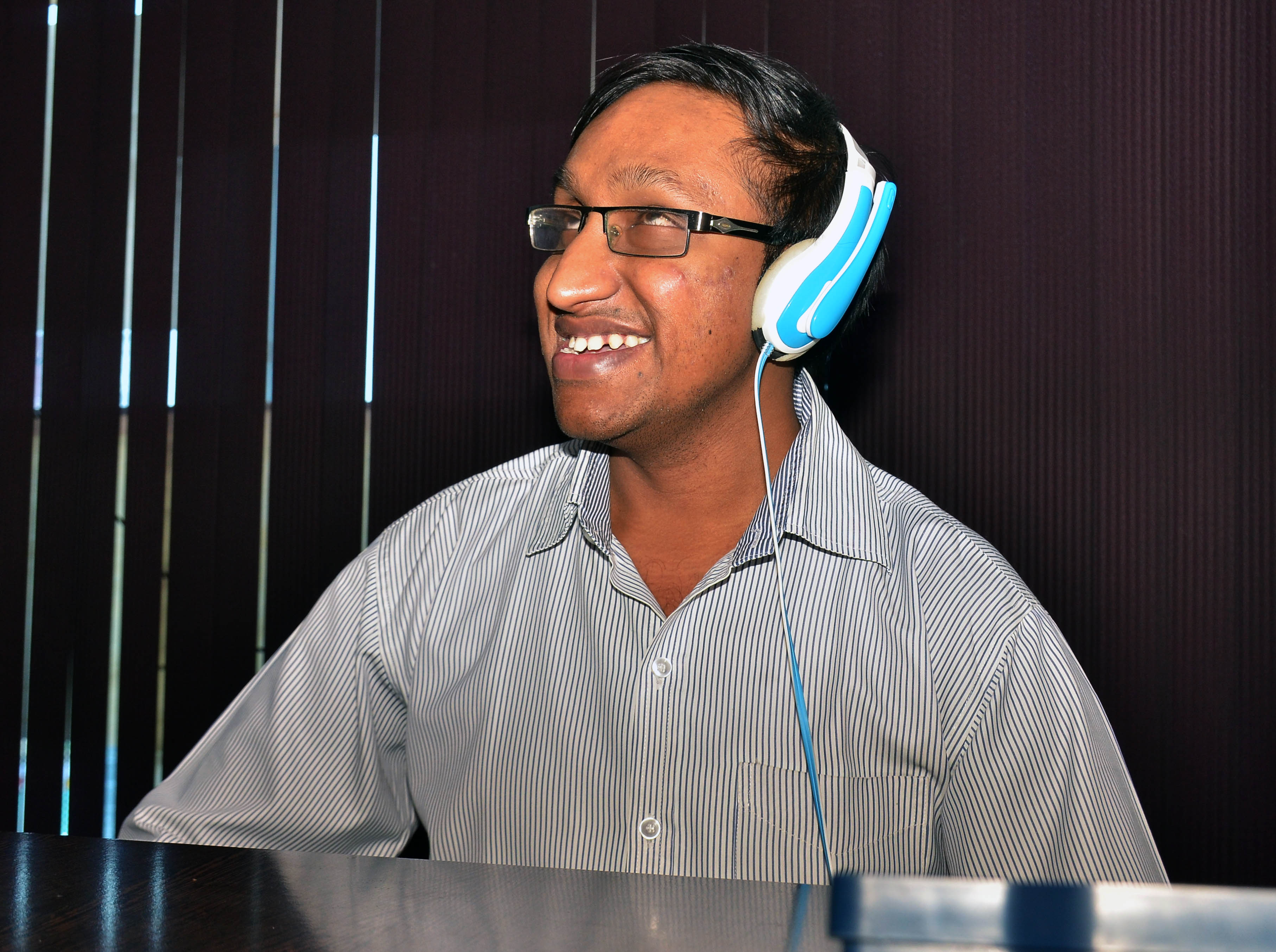Decoding Komal’s Tryst With Digital Forensics

Decoding Komal’s Tryst With Digital Forensics
For Udaipur-based entrepreneur Boonlia Prince Komal, to make a mark in digital forensics space was not straight-line climb to the top. For the introvert cost accountant professional, working with agencies like CBI, FBI and Royal Oman police was beyond comprehension. There were many ‘i’s to be dotted and several Ts to be crossed. But what stood him throughout the journey was his fascination with technology and passion for taking on challenging and creative tasks.
“As it happened, I too started hunting for jobs after my studies and did a couple of them but couldn’t handle the monotony of the profession. That was a tough time for me. I was changing jobs in search of challenges and creativity and was ending up in jobs which were monotonous. Frankly speaking, it took a lot of time to realize that it’s not the job but the nature of it that isn’t able to provide me the satisfaction,” says Boonlia in an interview to Business Rankers.
Boonlia had his first brush with computers in 1997 while conducting internal audit of an IT firm. “I instantly got fascinated with computers and technology. Working on an intel 486 Desktop connected with 28.8 kbps dial-up internet woke up an inner desire for computers,” reminiscences Komal.
Finally, in the same year he quit accountancy altogether to take a U-turn and embraced technology as his new profession.
“The journey was not easy at all. As I had studied financial, cost accounting, and was pursuing a career in that native field, I was completely new to technology. I was well aware of the challenges but at the same time determination was there to succeed. My family too stood beside me to support my decision. This new journey started at the age of 27 when I got married. But my parents happily shouldered the new responsibilities on my behalf,” says Boonlia.
From a cost accountant to a computer vendor, it started all over again. Sometimes, dreams defy logic and it was one of them. But he started reading books related to computer science and went through B.Tech curriculum. After three years of dogged pursuit, he knew what a fresh computer graduate could have. “After the rigor, I could make sense of the wide disconnect between curriculums and industry demands. That gave me a new prospective to understand what the industry demands. No wonder, my regular habit of reading at least three-four hours a day was coming in handy,” he explains.
At this point, he was able to map his strengths and weaknesses. Realizing that he was not cut-out for a marketing job, Boonlia decided to focus on technology where he felt more confident. This was also an area where the competition was not cut-throat. To a few, it may seem to be an escape route but for him it was a clever strategy to capitalize on what he can do best and relish as well.
“I started learning Microsoft technologies like operating systems, servers, exchanges, ISA, communication servers and so on. It took less than a year to get a hang of it as all Microsoft technologies have a kind of continuity in design and architecture,” says Boonlia.
While working on these technologies, his company became one of the few in the town which handled all those function in those days. “As I understood that changes are fast in the technology field and the new generation is keen to learn, I had to raise the bar for myself acquiring new technology skills all the time,” adds Boonlia.
The journey then saw various shifts — from networks to servers, storages to application virtualization to data recovery and raid reconstructions to infrastructure virtualization to wireless communications and VoIP to information technology and finally to digital forensics.
“When I started with digital forensics, there was a huge void in the field. People didn’t even understand the utility of it and I had no one on the Indian horizon who actually worked on digital forensics. This was a tough time. Since the subject was new and few could understand, I was all alone dealing with it. In addition, business opportunity in digital forensics did not exist then and there was no authentic literature available. During those days, most digital forensic experts were from the US or European nations. The only way I could move forward with was through academic activities like trainings. This was the time when the information security field was dominated by the well-known Ankit Fadia in the country with all the glorifications of the word ethical hacking,” he says.
Somehow, Ankit recognized the worth of digital forensics and they both had an understanding to provide trainings. That’s how the new journey in the field of teaching started. Starting from DAKC to IMT and talent hunt, Boonlia ended up training various law enforcement people from CBI, military and even Royal Oman Police.
“I pushed off with my long pending dream of writing a book and ended up being the first Indian author to write a book on “System Forensics”. This period saw my close association with the rapidly growing infosec communities like Null, Club hack, Cocon, Hakon and Ground Zero. I was fortunate enough to get the recognition as well as quick acceptance with the people in these communities,” recalls Boonlia.
With the beginning of this decade, the world saw a huge spurt in cyber crime and cyber espionage. The number and intensity of attacks along with sophistication in technology increased manifold. While the entire world was busy attacking and youth being fascinated with offensive techniques of hacking, he could realize that digital forensics is going to provide a lot of opportunities. With the increase in attacks came the requirement of finding the culprit, incidence response and of analyzing malwares. At this point he had developed a good connection in the infosec industry and a reputation to get the work.
“The work started flowing in from all corners of the world — from India to Gulf to US and Europe. Everyone was looking for someone who could conduct sound forensic investigations. Corporates started realizing that most of the security threats are originating from within the organizations and wanted someone who could help them find the true culprit. Insurance sector wanted to understand the changes made in the accounts after loss or mishap. Number of cases related to cyber crime rose and law enforcement agencies were struggling to combat it. Calls started pouring in. My learning on forensics coupled with the experience of working on multiple technology platforms started paying off. I was ready for almost every case that came on my way. Meanwhile, people started realizing the importance of forensics not just for law enforcement but for internal investigations and handling the attacks as well. With this started the phase of corporate trainings,” says Boonlia.
But now, Boonlia feels the time is ripe for something new. And this is taking shape of a magazine on digital forensics providing insights on developments of digital forensics world. “With the help of a couple of friends and forensic investigators we have already laid out plans for launching the very first Indian magazine on digital forensics that will be released in the month of August,” adds Boonlia.





